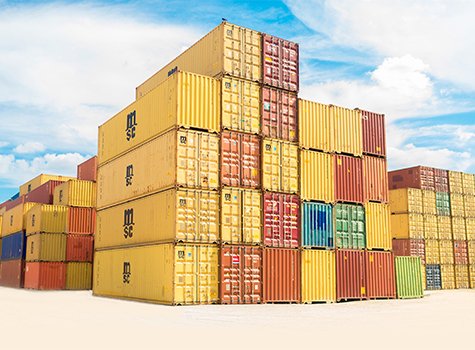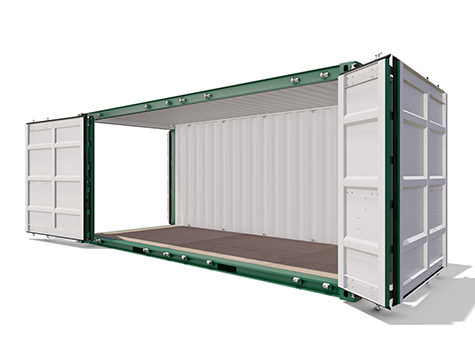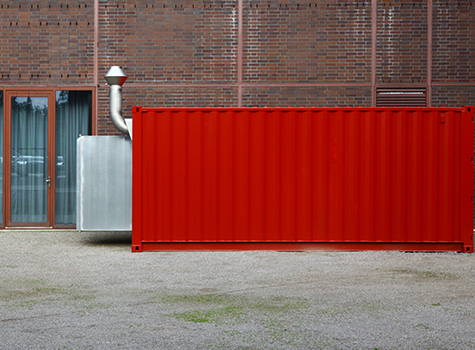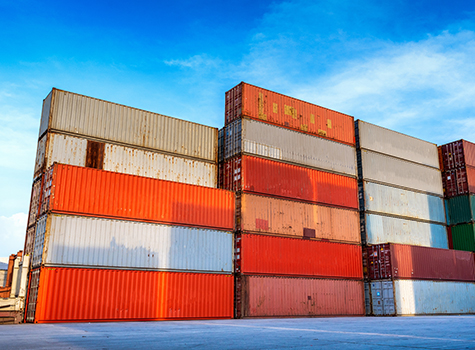




Shipping freight is an intricate process that requires careful planning, strategising, and decision-making. When shipping cargo to Pakistan, selecting the appropriate container is crucial. You need a solution that fits your cargo’s specifications, preserves its quality, and guarantees safe delivery to the destination.
In this blog, we aim to guide you through the nitty-gritty of container shipping, mainly focusing on “How to Choose the Right Shipping Container for Your Cargo to Pakistan.” By the end of this article, you will be equipped with a sound understanding of the different types of shipping containers and how to select the right one according to your cargo’s requirements.
Shipping containers are more than just metal boxes. They come in various types and sizes, each with a unique purpose and structure suitable for different kinds of cargo. Standard containers, known as dry storage containers, are commonly used for typical dry goods like furniture, textiles, and machinery. They are available in sizes like 20ft and 40ft, which are versatile enough to handle most cargo types.
Refrigerated or reefer containers are temperature-controlled units ideal for perishable goods such as fruits, vegetables, meat, and other food products. When shipping cargo to Pakistan, if you deal with temperature-sensitive goods, this type of container could be your perfect match.

There are special containers like flat racks, open tops, and side open containers for oversized, heavy, or awkwardly shaped cargo. Flat rack containers have collapsible sides that convert into flatbeds, making them ideal for heavy loads like machinery. On the other hand, open-top containers are best suited for cargo that needs to be loaded from the top, such as tall machinery or large volumes of scrap metal.
As the name suggests, side open containers open from the side, facilitating the loading and unloading of large items that won’t fit through the end doors. In the case of transporting bulky equipment or wide loads for container shipping to Pakistan, these specialised containers could come in handy.

Your cargo’s size and weight significantly influence your shipping container’s choice. A 20ft container would be sufficient for smaller loads, but for larger volumes, a 40ft or even a 45ft container might be necessary. High Cube containers, which are taller than standard ones, are beneficial when transporting voluminous but lightweight cargo.
Weight is another essential consideration. Each container has a maximum gross weight limit, including the cargo’s weight and the container’s tare weight. Overloading can lead to safety issues and additional fees. It’s essential to accurately estimate your cargo’s weight and choose a container that can safely accommodate it.
Shipping routes and destination factors can also impact your choice of container. Pakistan has various ports, such as Karachi, Port Qasim, and Gwadar. Each port might have specific capabilities and limitations in handling different types of containers. Therefore, it’s necessary to consider the infrastructure and capabilities of the destination port in Pakistan when deciding on the type of shipping container.
Additionally, considering the climate and weather conditions during transit and at the destination can influence the type of container needed. For example, vented containers might be suitable if the cargo requires ventilation during the journey, especially during hot weather.

Ensuring regulatory compliance is also vital in choosing the right shipping container for your cargo to Pakistan. All shipping containers must meet the International Convention for Safe Containers (CSC) standards. Additionally, the container must meet Dangerous Goods regulations if your shipment includes hazardous materials. Working with a knowledgeable shipping company that can guide you through these regulatory requirements is recommended.
In conclusion, choosing the correct shipping container for your cargo to Pakistan is multifaceted. It demands understanding your cargo’s specifications, shipping routes, destination port capabilities, and compliance with regulatory norms. By considering these factors and working with a reliable shipping partner, you can ensure that your cargo arrives safely and efficiently at its destination.



